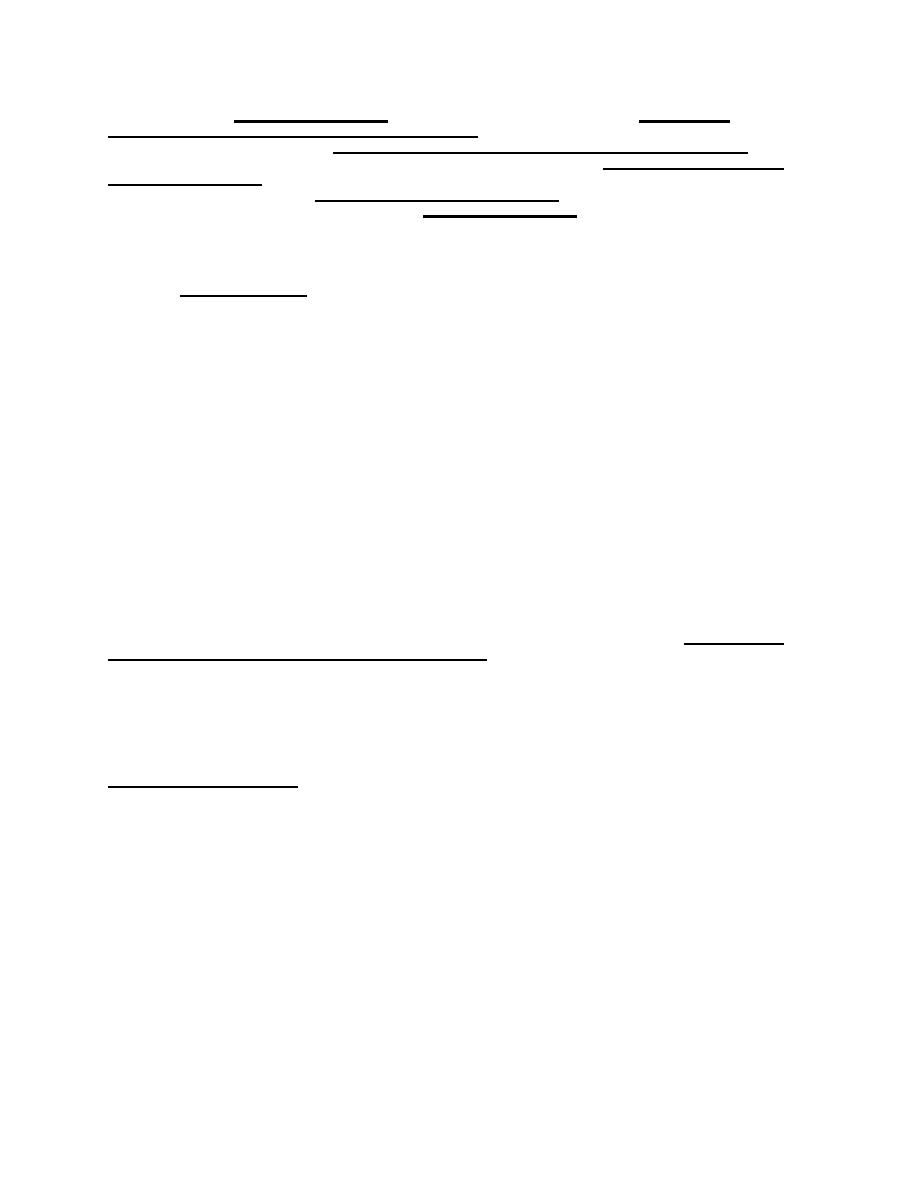
Reference 10, Buried Structures, by Watkins; Reference 11, Design and
Construction of Sanitary and Storm Sewers, by the American Society of Civil
Engineers; Reference 12, Handbook of Drainage and Construction Products, by
Armco Drainage and Metal Products, Inc.; Reference 13, Engineering Handbook,
Structural Design, by the U.S. Department of Agriculture, Soil Conservation
Service; Reference 14, Concrete Pipe Design Manual, by American Concrete
Pipe Association; or Reference 15, CANDE User Manual, by Katona and Smith.
2. RIGID PIPE. Pipes made from precast or cast-in-place concrete, or cast
iron are considered rigid pipes.
a.
Vertical Loads.
(1) Dead Load.
Vertical soil pressure estimates for dead loads are
obtained as follows:
W = C+w, .[Upsilon]-B.2-
EQUATION:
(4-1)
where
W
= total dead load on the conduit per unit length of conduit
C+w, = correction coefficient; function of trench depth to width
ratio, angle of trench side slopes, friction angle of
backfill and trench sides, bedding conditions
B
= width of trench at level of top of pipe, or pipe outside
diameter if buried under an embankment
[Upsilon] = unit weight of backfill
W
Dead load pressure, P+DL, = )
B
(a) Embankment
Fill. Use Figure 18a (Reference 16, Underground
Conduits - An Appraisal of
Modern Research, by Spangler) to determine
embankment dead load. For
soils of unit weight other than 100 pcf, adjust
proportionately; e.g., for
[Upsilon] = 120 pcf, multiply chart by 1.20.
(b) Trench Backfill.
Use Figure 18b (Reference 10) to determine
values of C+w,.
(c) Jacked or Driven Into Place. Use Figure 18c (Reference 17,
Soft Ground Tunneling, by Commercial Shearing, Inc.) for C+w,. This diagram
may also be used for jacked tunnels.
(2) Live Load. Vertical pressure due to surface load, P+LL,, is
calculated by Boussinesq equation (see Figure 2). Impact factor is included
in the live load if it consists of traffic load. For example, an H-20 truck
loading consists of two 16,000 lb. loads applied to two 10- by 20-inch
areas. One of these loads is placed over the point in question, the other
is 6 feet away. The vertical stresses produced by this loading including
the effect of impact are shown in Figure 19 for various heights of cover.
7.1-184



 Previous Page
Previous Page
